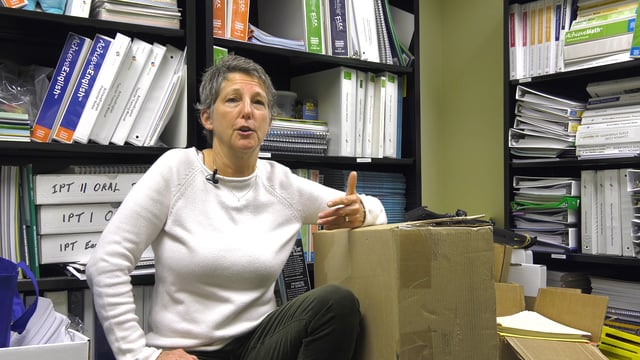The following article was contributed by Sue Gerenstein, Vice President of Professional Development at Catapult Learning and Lee Anne Housley, Vice President of Instructional Excellence at Catapult Learning.
We’ve all been grappling with the idea of multi-tiered supports to meet the unique needs of all learners for quite some time now. Originally proposed as a “Response to Intervention,” or “RtI” model and designed as a means to better accelerate learning and potentially identify students with learning disabilities, a Multi-Tiered System of Supports (MTSS) is really a school-wide system for identifying and addressing the needs of each individual student in our care. Whether these students have an identified disability or not, we know we are serving students at-risk for under-achievement who would benefit from a more personalized approach to learning.
MTSS, when done well, allows us to best leverage our resources in the service of all students. The most effective multi-tiered systems are structured, responsive, and continually refined. How do we achieve this?
• We put structures in place by identifying, organizing, and utilizing our full menu of resources, tools, and processes;
• As we implement, we organize our human and material resources in ways that are most responsive to the specific needs of each student in our care;
• We continually ask ourselves whether we are utilizing our team members and time efficiently;
• And finally, we build in accountability loops to ensure progress is being made for each student, making data-informed adjustments as we go along and continually refining our processes, systems, and strategies in order to ensure success.
It’s not enough to get students into the classroom; it’s what we do once they arrive that will determine whether our system is achieving its desired outcomes. Effective instructional practices within MTSS are imperative; they should focus on accelerating learning for students in Tier 2 and Tier 3 by maximizing a diagnostic and prescriptive process while supporting the delivery of data-driven instruction in a student’s Zone of Proximal Development, or ZPD. These learning experiences should also align closely with the instruction the students receive in Tier 1, or the core curriculum. Small group instruction should be intensive with a focus on specific learning objectives, meaningful manipulation of content, and multiple opportunities for each student to demonstrate their progress toward mastery of the objective. This includes
promoting student discussions and causing students to be metacognitive about their learning.
We invite you to join us for an opportunity to utilize an explicit and systematic instructional lens designed to inform your planning and teaching within a Multi-Tiered System of Supports. Learn how to create an instructional culture that is driven by data and measured by student progress on specific learning outcomes.
Sue Gerenstein is Vice President of Professional Development for Catapult Learning and is responsible for the overall development and implementation of the company’s professional learning solutions. She has over 30 years of experience in teaching, school administration, management, professional development, marketing, and product development.
Lee Anne Housley is the Vice President of Instructional Excellence for Catapult Learning, working with public and non-public schools to strengthen the capacity of instructional staff, providing opportunities for professional growth and leadership, and bringing consistency to instructional models and approaches. She is a highly experienced and award-winning high school content area teacher, with an extensive background in leadership, sales, and marketing.
